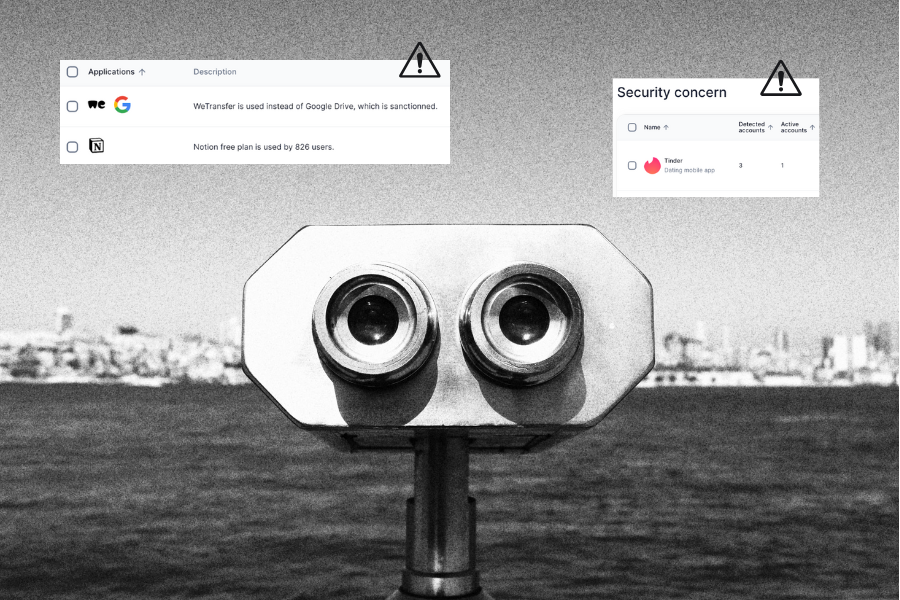
Shadow IT and Employee Experience: Keys to Sustainable Cybersecurity
The Forgotten Link: User Experience and Cybersecurity
In most organizations, cybersecurity is designed as a perimeter to defend—an accumulation of technical barriers, rules, and restrictions. What’s often overlooked is that behind every blocked tool or imposed process, there’s an employee simply trying to do their job well.
It’s precisely this disconnect that fuels shadow IT.
Why Rigid IT Policies Fuel Workarounds
The report is very clear: employees don’t bypass rules for fun. They do it when they have no alternative.
A developer denied an IDE, a manager unable to share a document in real time, a data analyst without access to proper visualization tools… They all find solutions. And more often than not, those solutions aren’t IT-approved.
When frustration builds, talent leaves. Dissatisfaction with the tools provided is one of the leading causes of attrition in tech teams.
Creating a UX IT Team: The Central Proposal
One of the report’s standout recommendations is to build a dedicated UX IT team. Its mission:
- Continuously gather field-level needs
- Prioritize high-value use cases
- Co-create solutions with teams
- Align cybersecurity with user performance
This goes far beyond basic IT support. It’s a strategic function that reconnects IT with operational realities and rebuilds trust between business and tech.
Sanction or Reward? Rethinking the Posture
The default response to shadow IT is often punishment. But that approach backfires—especially when it targets proactive employees simply trying to work more efficiently.
Instead of punishing, organizations can:
- Reward initiatives that create measurable value
- Empower the most capable profiles
- Provide secure test environments or sandboxes
This fosters sustainable cybersecurity because it is shared, understood, and adapted to real-world needs.
Trust as a Driver of Security
The most cyber-resilient companies aren’t those that lock everything down. They’re the ones that apply trust intelligently.
They distinguish between risky and informed behaviors. They listen to their teams. And they know that the best security strategy is a shared culture—not a wall of rules.
Cybersecurity Only Works When It's Lived
Shadow IT can’t be solved through fear or rigidity. It must be addressed through listening, collaboration, and shared accountability.
By placing the employee experience at the heart of cybersecurity strategy, companies can not only reduce risk—but also boost engagement, innovation, and overall performance.

